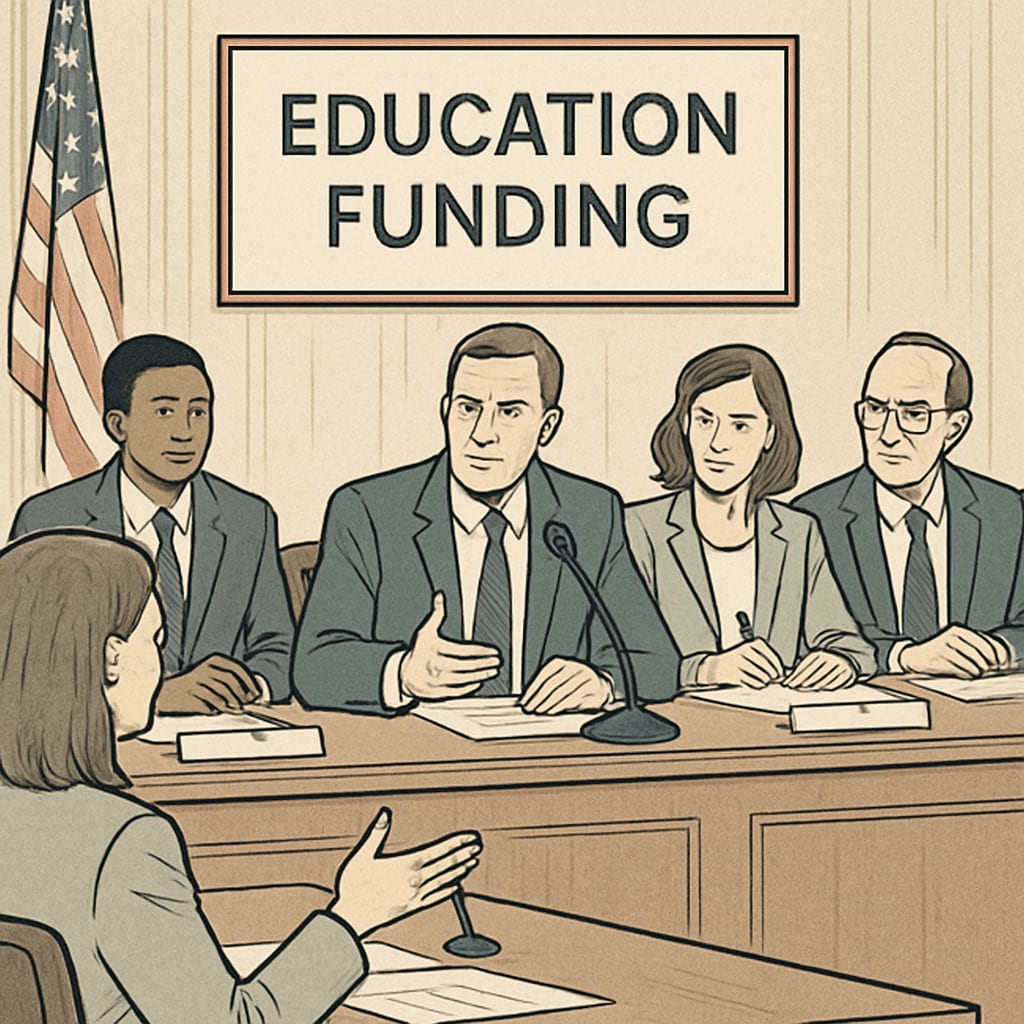Public education funding is under threat, as organizations like “Stand For Children” advocate for legislative changes that shift resources away from public schools and into private institutions. This trend of education privatization raises concerns about declining public school quality, potential resource mismanagement, and systemic fraud. What started in Oregon is now gaining traction nationwide, demanding immediate attention from policymakers, educators, and parents.
The Rise of Education Privatization
Education privatization refers to the transfer of public education responsibilities and resources to private entities. In the case of “Stand For Children,” the organization has been lobbying for policies that allow public education funds to be redirected to private daycare centers, charter schools, and other for-profit institutions. While the stated goal is to expand educational options, the reality often includes reduced accountability and uneven quality of services.

For example, in Oregon, “Stand For Children” successfully supported legislation that earmarked public funds for private early childhood programs. These programs, while beneficial for some, often lack the rigorous oversight present in public schools, leading to concerns about financial transparency and educational outcomes.
Impact on Public Schools and Communities
Redirecting funds to private institutions has a direct impact on public schools. Schools rely heavily on state funding to maintain infrastructure, hire qualified teachers, and provide essential resources. When funds are diverted, public schools are left to operate with fewer resources, often resulting in larger class sizes, outdated materials, and reduced extracurricular programs.
This shift disproportionately affects low-income communities, where public schools serve as critical hubs for education and social services. As funds are siphoned off, these schools face greater challenges in meeting the needs of their students, perpetuating cycles of inequality.

Addressing the Risks of Privatization
While the privatization of education funds is often framed as a way to provide families with more choices, it also opens the door to systemic risks, including:
- Decreased Accountability: Private institutions are not held to the same standards as public schools, making it difficult to ensure consistent educational quality.
- Resource Mismanagement: Without proper oversight, funds allocated to private entities may be misused or funneled into profit-driven initiatives rather than student needs.
- Systemic Inequality: Privatization often benefits families who can afford additional costs associated with private education, leaving disadvantaged students behind.
To mitigate these risks, policymakers must prioritize transparency and accountability in how education funds are allocated. Strengthening the oversight of private institutions receiving public funds is essential to prevent misuse and ensure equitable access to quality education.
A Call to Action
The trend of redirecting public education funds to private entities, as championed by “Stand For Children,” is a wake-up call for all stakeholders. Public education is a cornerstone of a democratic society, and its erosion threatens the future of countless students. While private institutions can play a role in the broader educational ecosystem, their growth should not come at the expense of public schools.
Parents, educators, and advocates must demand greater accountability from organizations and policymakers alike. By doing so, we can ensure that public resources are used to strengthen, not undermine, the public education system.
Learn more: For further information on education privatization, visit the Wikipedia page on Education Privatization or consult Britannica’s overview of education systems.
Readability guidance: This article uses short paragraphs to improve readability, avoids excessive jargon, and employs transition words to maintain a smooth flow. The inclusion of lists breaks down complex issues for easy understanding, and images provide visual context to key points.


